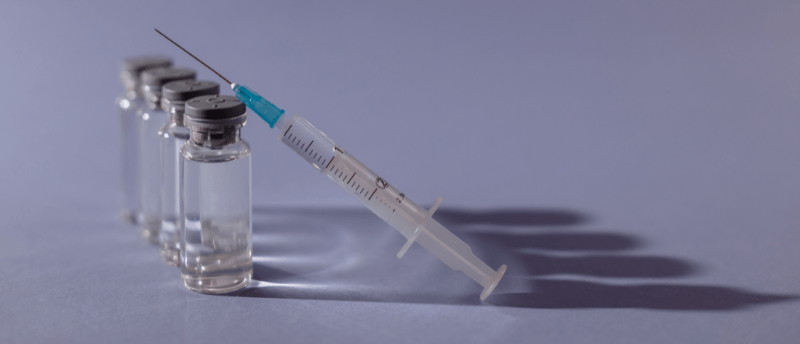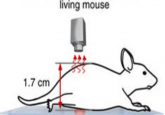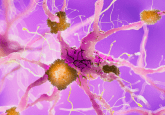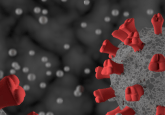Could spherical nucleic acid immunization revolutionize the COVID-19 vaccine?

Researchers have developed a novel vaccine platform using spherical nucleic acid immunization, which outperforms the best commercially available vaccines when tested on COVID-19-infected mice.
A single dose of a novel nanoparticle-based vaccine, developed by researchers at Northwestern University (IL, USA), has been used to treat COVID-19-infected mice with comparable results to the current vaccines in circulation.
Spherical nucleic acid (SNA) immunization uses immune targets enclosed by nanoparticles that can access and stimulate target immune cells with unparalleled efficiency. “What makes this vaccine different than other vaccines is the approach we take to design them,” said Michelle Teplensky, the co-first author of the paper. “Even as recently as a few years ago people focused on selecting the right target to train the immune system and the right stimulant to activate it, not on how those components were arranged structurally and presented to the body.”
The typical phosphate-buffered saline mixture in vaccines employs separate adjuvants and antigens; however, researchers theorized that cells would not receive optimal doses of both components. Utilizing co-delivery of adjuvants and antigens via a single nanoparticle could naturally enhance the efficacy and reliability of vaccines, which SNA inventor and corresponding author of this paper Chad Mirkin describes as ‘rational vaccinology’. In SNA vaccines, the antigen is held inside the SNA core, while the adjuvant makes up the shell surrounding the core.
This vaccine was tested in mice who were given a lethal dose of the SARS-CoV-2 virus and were weighed once a day and checked twice per day for indications of disease during a 14 day trial. The SNA-immunized mice maintained a 100% survival rate, displaying no decrease in weight nor increase in clinical score. In comparison, the mice who received a saline mixture of the same vaccine components displayed rapid decreases in body weight and increases in clinical scores within 5 days of infection – suggesting that they remained unprotected. The study the first vaccine to protect against viral infection using SNAs.
 A better flu vaccine and no needles necessary? Tell me more!
A better flu vaccine and no needles necessary? Tell me more!
Researchers have developed an effective nanoparticle nasal flu vaccine, which offers wider protection than current vaccines.
Similarly, COVID-19 pneumonia is characterized by heightened neutrophil infiltration, and studies of the lungs seemed to indicate that the SNA vaccine may help reduce or avoid this. There was no evidence of SARS-CoV-2-related lung damage in the SNA-treated mice, while the phosphate-buffered saline-immunized mice indicated a high number of plaque-forming units per milligram of lung sample. Non-SNA-treated mice also displayed signs of comprehensive neutrophil infiltration, while the SNA-treated mice showed comparatively reduced levels.
Researchers checked their results against commercially available adjuvants (Alum, MF59 and AS01b), used to combat viral infection including hepatitis B and influenza, with the same results for both disease protection and lung damage. In tests, the SNA vaccine outperformed the best performing adjuvant, AS01b, by 14-fold.
For all of its tribulations, the pandemic instigated unparalleled advances in vaccine development. The Northwestern University researchers, cognisant of the fact that a new emergent disease is inevitable on a long enough timeline, predict that the SNA platform can be adapted with relative ease to target other infectious diseases. The protein-based vaccine boasts reductions in side effects and ease of storage solutions, in turn reducing production and distribution costs. The researchers contend that their SNA platform could even be applied to target other infectious diseases such as HIV.
As Mirkin observed: “The modularity of this approach implies that a quick tweak might only be required to make a new vaccine for a future virus, especially if what we’ve observed previously with the cancer vaccine works. All we’d need to do is change what we’re teaching the immune system to target.”





